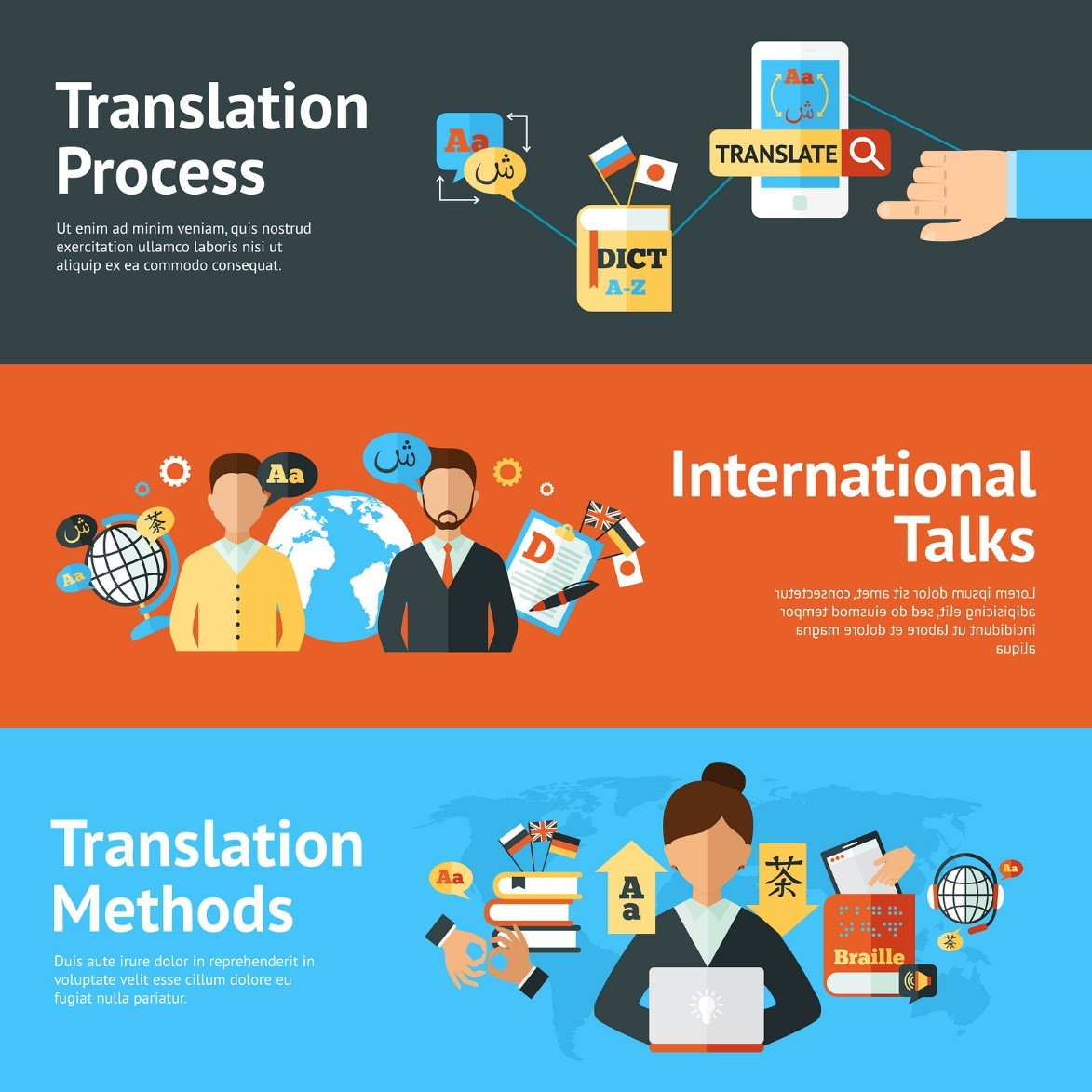No matter what your motivations may be for having your product materials translated, what’s most important is that you are able to deliver your message loud and clear. Having something lost in translation is always a risk that companies take when entering a foreign market. That’s why language translation services play a huge part in building your business.

A professional translator becomes all the more important when you have a technical product that will require clear instructions for its accompanying manual. You cannot assume that just because you are able to directly translate words and sentences, you are able to preserve the essence and context of your original message.
You will want to be very particular about the faithfulness of the translated message. This is especially important in order to eliminate the risk of having poorly translated instructions that could cause major issues not only for the product, but also for the user.
Pictures for Words
Knowledgeable and experienced technical translation companies such as Excel Translations will also know the importance of using supplementary images to make a message more understandable. Although technical content may be difficult to understand sometimes, a visual depiction of an action, particularly within technical instructions, can be a useful tool for ensuring a better understanding.
Even if the reader or viewer has the added benefit of looking at explanatory pictures, any image or icon still needs to be accompanied by a properly translated technical description. This is why, for example, manuals for electronics are broken down into bulleted items and the users are often provided with insets of descriptive images.
Clarify Objectives
When you work with a professional translator, you should make it clear to them what your intention is with the translated material, what is the essence of the message, and who will be the end-user of the information. By thinking through these steps, you are providing the translator with important background details for their technical translation work.
Once you are able to specifically communicate what it is you want, then your translator should also have an easier time communicating your message for your new markets.
It is important to remember that translating business or technical documents is not just about replacing words from one language to another. It’s a craft on its own, dealing with various possibilities for reaching wider market opportunities in different languages. At the core of it all, though, should be a central message that ideally remains universal despite the multiple localized versions it may have.